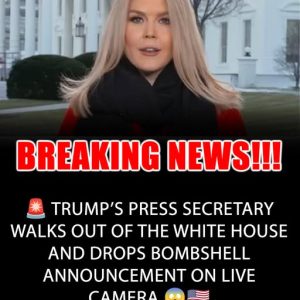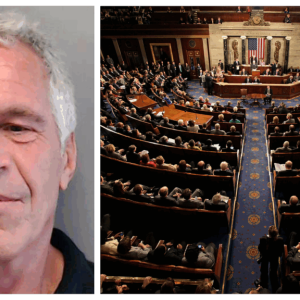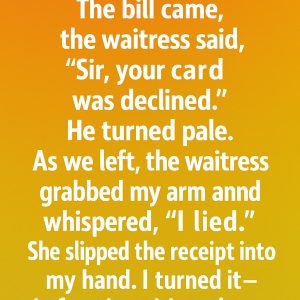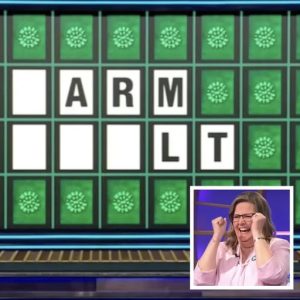Melania Trump joined her husband, former President Donald Trump, in hosting an official White House dinner for Saudi Crown Prince and Prime Minister Mohammed bin Salman, an event that blended politics, diplomacy, and media attention. Earlier in the day, the Crown Prince’s visit began with a meeting in the Oval Office, where a joint press conference took an unexpected turn. Donald Trump clashed sharply with an ABC News reporter who asked about the 2018 murder of journalist Jamal Khashoggi, a killing U.S. intelligence agencies concluded had been approved by the Crown Prince. Trump rejected that conclusion publicly and instead criticized the news network, calling for the revocation of its license, creating a tense moment that overshadowed the formal meeting.
Despite the contentious atmosphere earlier, the evening transitioned to a more ceremonial setting as the Trumps hosted the Crown Prince at a dinner in the East Room. The guest list reflected a blend of political, business, and global influence. Notable attendees included tech billionaire Elon Musk and soccer superstar Cristiano Ronaldo, who currently plays in the Saudi Pro League. The dinner, held with full diplomatic honors, aimed to emphasize the relationship between the former administration and Saudi leadership, while also showcasing the pageantry and symbolism often embedded in state-level events.
One element that drew particular attention was Melania Trump’s fashion choice for the evening. The former First Lady arrived in a strapless emerald green gown by famed Lebanese designer Elie Saab. Retailing at approximately $3,350, the dress immediately drew praise for its elegance. However, beyond aesthetics, observers quickly noted that the deep green hue closely resembled the color of the Saudi Arabian flag. Given Melania Trump’s well-documented habit of using fashion to convey subtle diplomatic messages, many interpreted the gown as a respectful gesture toward the visiting Crown Prince and his country.
The color coordination extended beyond Melania’s attire. The dinner’s décor also featured green elements, reinforcing the symbolic nod to Saudi national identity. Green table arrangements, lighting accents, and Saudi flags decorating the space all worked together to create a cohesive visual theme. Such strategic styling aligns with historical traditions in state diplomacy, where hosts use color, symbolism, and aesthetic choices to communicate respect and recognition for a visiting nation’s heritage.
Social media quickly reacted to Melania’s appearance, with users praising her elegance and impeccable sense of style. Comments ranged from simple admiration—such as calling her “stunning”—to expressions of frustration that major American fashion magazines do not feature her more prominently. Supporters argued that her refined and consistent fashion presence makes her one of the most stylish First Ladies in modern history. The gown sparked renewed conversation about the role of fashion as soft diplomacy, emphasizing how clothing can serve as a tool of communication between nations.
Beyond the fashion and ceremony, the event captured a snapshot of the complex and often controversial relationship between the U.S. political sphere and Saudi leadership. The earlier press conference highlighted unresolved tensions surrounding the Khashoggi murder, while the dinner represented an opportunity to reaffirm alliances and maintain diplomatic ties at a personal level. Melania Trump’s visual gesture through her clothing subtly softened the political edges of the day, helping to shift attention toward the cultural and symbolic elements of international relations.
In the end, Melania Trump’s green Elie Saab gown became the standout moment of the evening, embodying the blend of glamour, symbolism, and diplomacy that has often characterized her public appearances. Whether viewed as a fashion statement, a diplomatic gesture, or both, her outfit captured the public’s attention and reinforced her reputation for using style thoughtfully and strategically. The dinner itself served as a reminder that diplomacy occurs not only through political exchanges but also through the carefully crafted visual language that accompanies international engagements.





